This restaurant used to be a ryokan that the grandfather of the current head chef, Kenichi Fujiwara, founded. Although this closed about ten years ago, they reopened as a restaurant in October 2002 in an exclusive residential area in Kansai. They have their own gardens that took two years to construct, and have 14 seats and two private rooms. The service is led by the chef’s wife, Kato. The chef trained at at Syofukuro, an exclusive ryotei in Higashioumi, Shigaken and worked there for fifteen years. His approach is stated as: “we properly do the basic things.” Komago is in a quiet residential area about half an hour from Kobe; the nearest main railway station being Ashiya. It serves traditional kaiseki food (see this blog for more on what kaiseki means) in a formal setting. The small dining room looks out over a small but attractive garden, and the dishes are served by waitresses in traditional Japanese dress. Hot towels are brought and then the series of dishes commences.
First was cherry blossom-flavoured tofu, garnished with a little sliver of carrot. I am not a tofu fan so find this a difficult dish for me to judge or, indeed, like. The tofu had quite firm texture and the cherry flavour was subtle to the point of being hard to detect. It was served with a little sake. Next was a noodle soup with a single prawn, some broccoli and local mushroom. The noodles were delicate and the prawn had good flavour, the soup stock itself not having a lot of flavour, presumably the idea being to highlight the other elements. This was a pleasant dish, but not very exciting (14/20).
Sashimi consisted of thin slices of sea bream, tuna and a red shell clam, with wasabi and soy. The bream was sliced sufficiently thin that it avoided the chewiness that can often happen with this fish when raw, while the tuna was silky and the clam had nice texture. The wasabi was real wasabi root, with that almost creamy texture you get with the real thing rather than the “wasabi” from a tube that we mostly see in London (16/20). Several small dishes then appeared on a tray. There were two skewers, one having carrot, cucumber and tofu, the other with assorted styles of tofu: the little piece of carrot had excellent flavour. Alongside the skewers was a pretty little dish containing salmon roe and egg yolk, and three different styles of sushi with bream, the one with ginger wing the best of these. This set of dishes was pleasant rather than dazzling (15/20).
Next was a dish of cooked scallops with bamboo shoot. The scallops themselves were of good quality, with nice inherent sweetness, but were cooked just a little longer than ideal, by no means chewy but definitely past the optimal stage (13/20). This was followed by a dish of strips of a white fish, served cold, in ginger vinegar on a bed of seaweed. This was one of those dishes that I suspect one has to be Japanese to really appreciate. The ginger flavour came through but the sliminess of the dish made it tricky for a western palate like mine to enjoy.
This was followed by salmon trout, cooked with a local vegetable resembling celery, and more tofu. This dish was problematic because the fish was quite clearly and significantly overcooked, which was surprising, and a pity given that the fish seemed of good quality (11/20). More sea bream was now served in a soup with horseradish and wasabi. This was pleasant enough, though again the flavouring was very subtle (14/20). As is traditional at the end of the savoury courses in kaiseki dining, at this stage a bowl of rice was served with some pickles on the side.
There were two desserts. The first was a soy milk jelly, topped with a single strawberry and resting in a mango sauce. The strawberry had excellent flavour, of the kind that never seems to occur with English strawberries these days. The jelly had little flavour in itself, but the mango sauce was good (14/20). This was followed by a cherry flavoured rice cake with sweet beans, which was pleasant enough (13/20).
Service was charming, each dish carefully presented by our waitress, who also seemed to have a sixth sense for when our drinks needed topping up, even when she was not in the room. The bill was ¥23,100 for two i.e. £88 a head. Overall, while the service was lovely and the overall experience pleasant, I did not find this a particularly good kaiseki meal if I compare it to the top places in Kyoto, like Mizai or Kitcho. In particular the overcooking of the scallops and the trout was troubling, and not something that I was expecting. It is hard to grasp why this has three Michelin stars.

Japanese cuisine
 Average Price £90
Price I paid £88
Value for money
££££££
Overall rating 14/20
Average Price £90
Price I paid £88
Value for money
££££££
Overall rating 14/20

The type of cuisine served at this restaurant
Typical price for three courses and modest wine
What I actually paid on this particular visit
Calculated from overall rating/average price: £££££ is best, £ least good
Score for the food from 1 to 20, with 20 being world class




















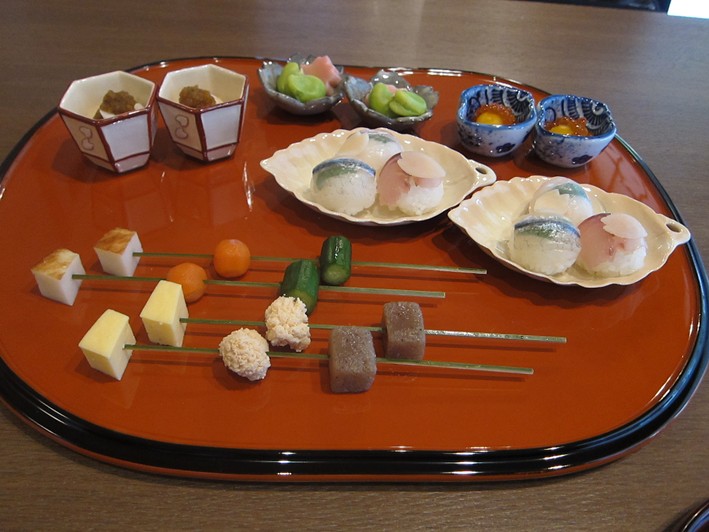

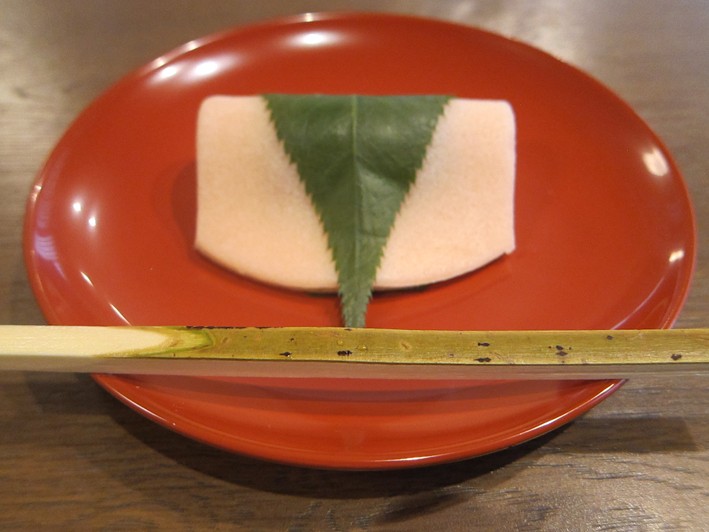
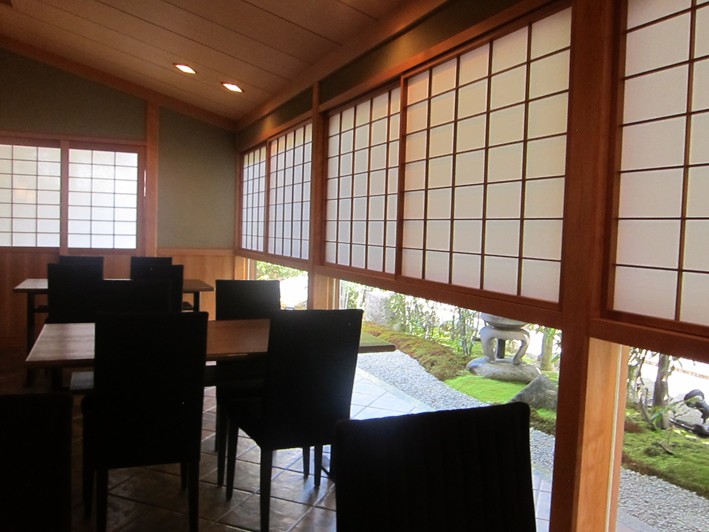

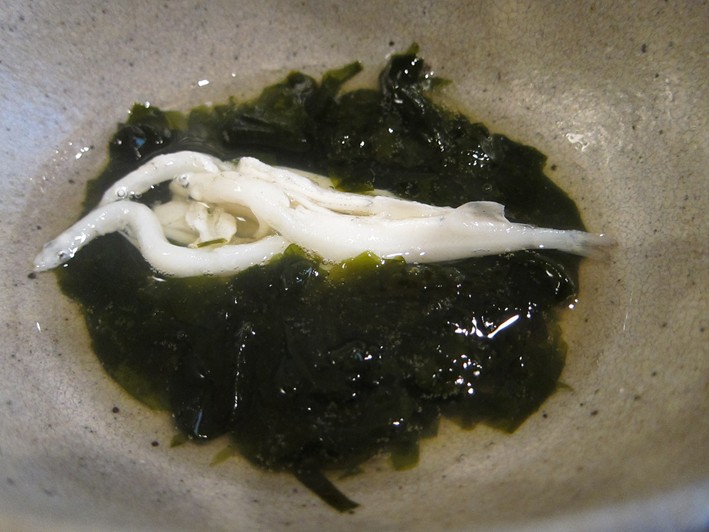
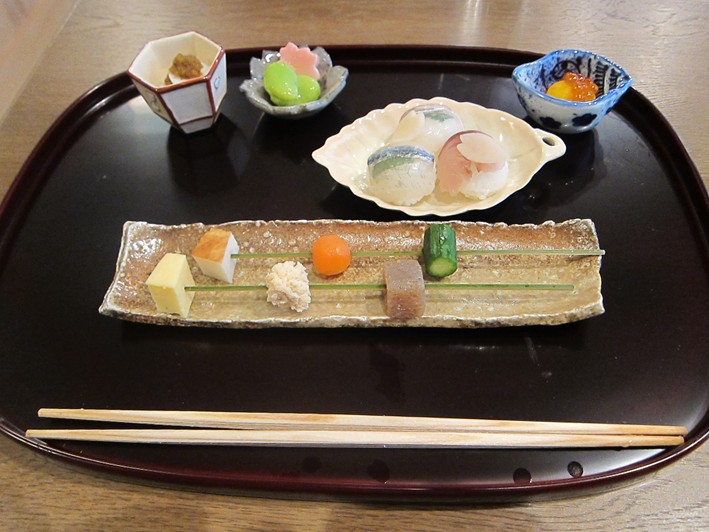

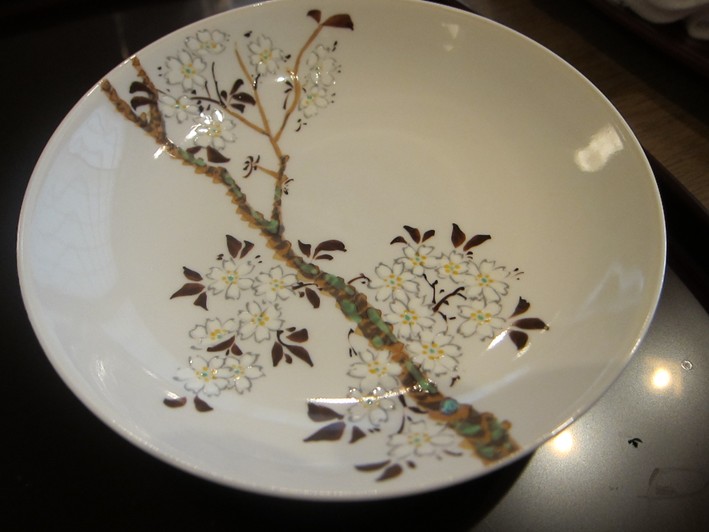
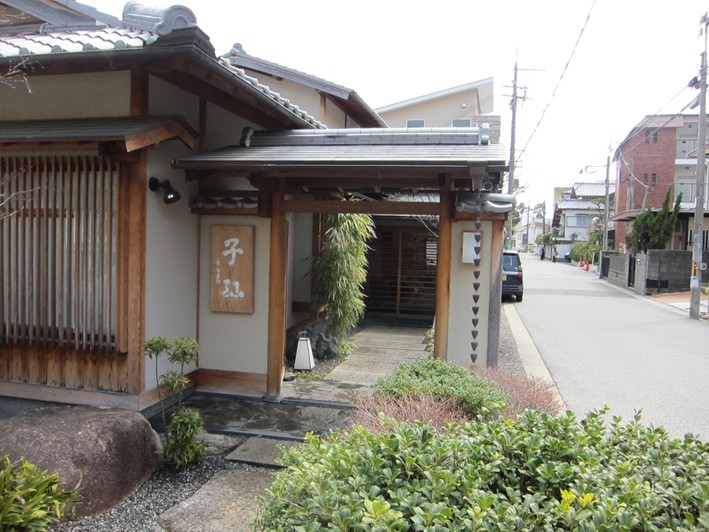

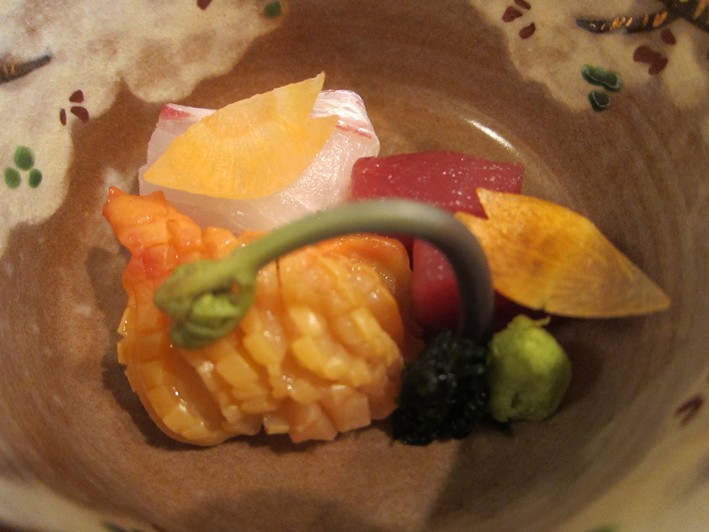


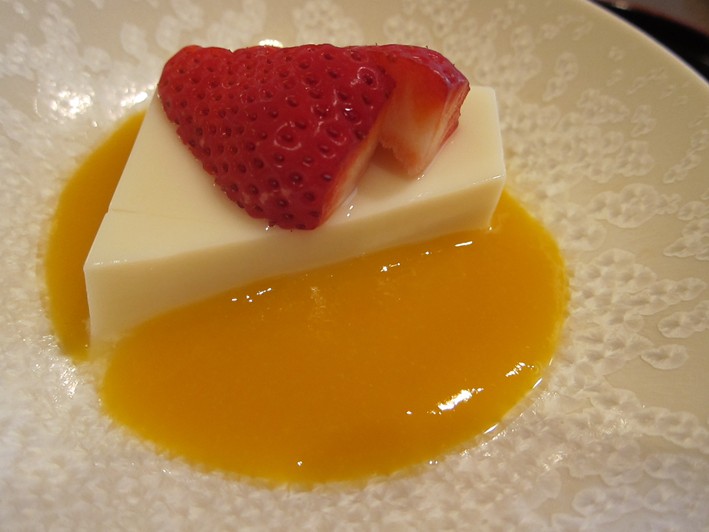
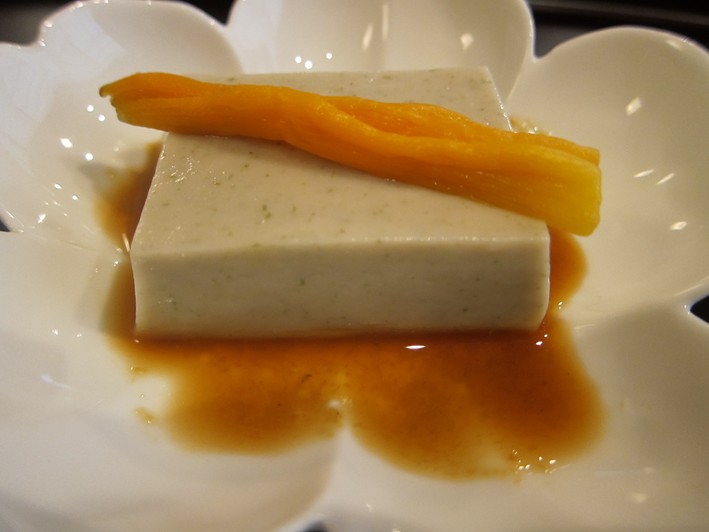
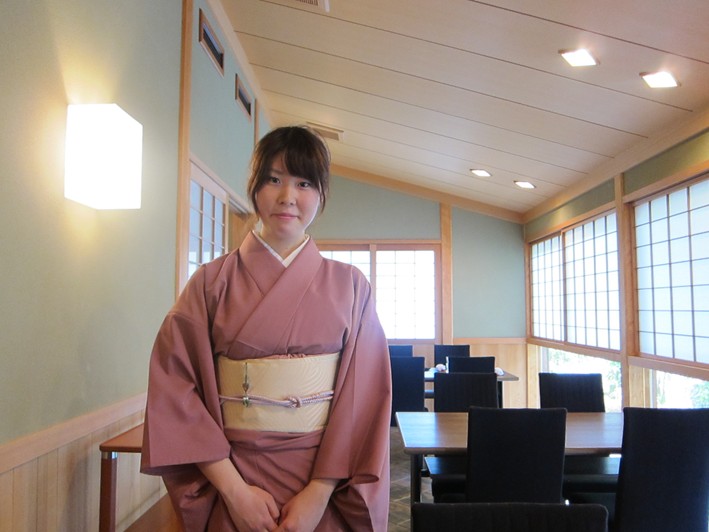

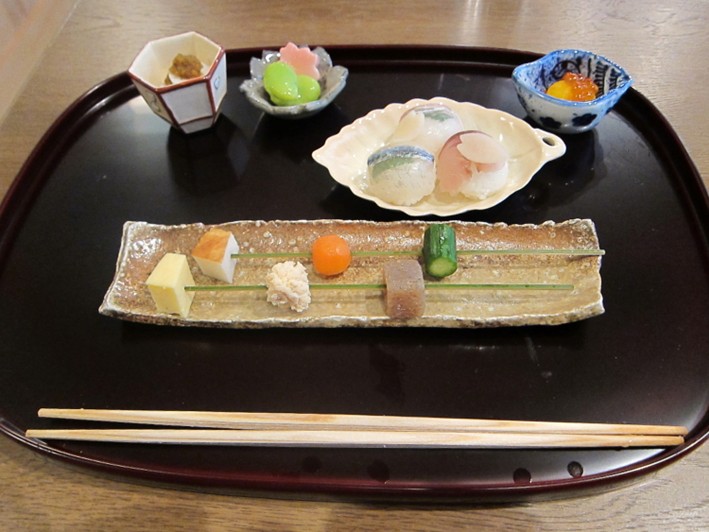
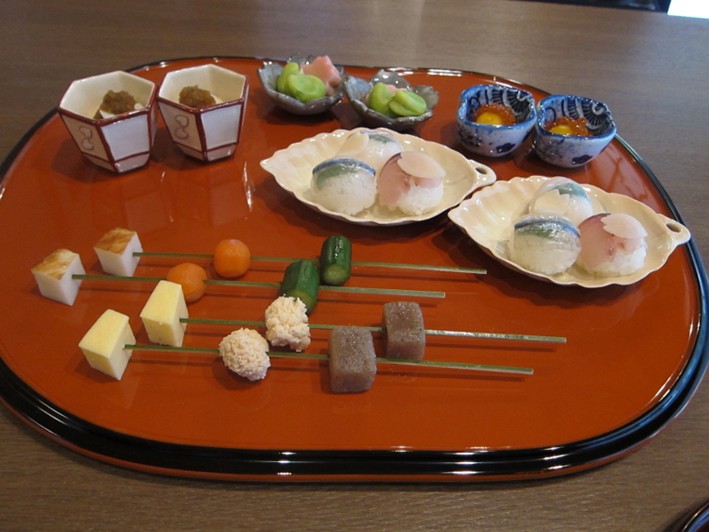
Add a comment
Thank you for submitting your comment, this will be checked and added to the website very soon.
User comments